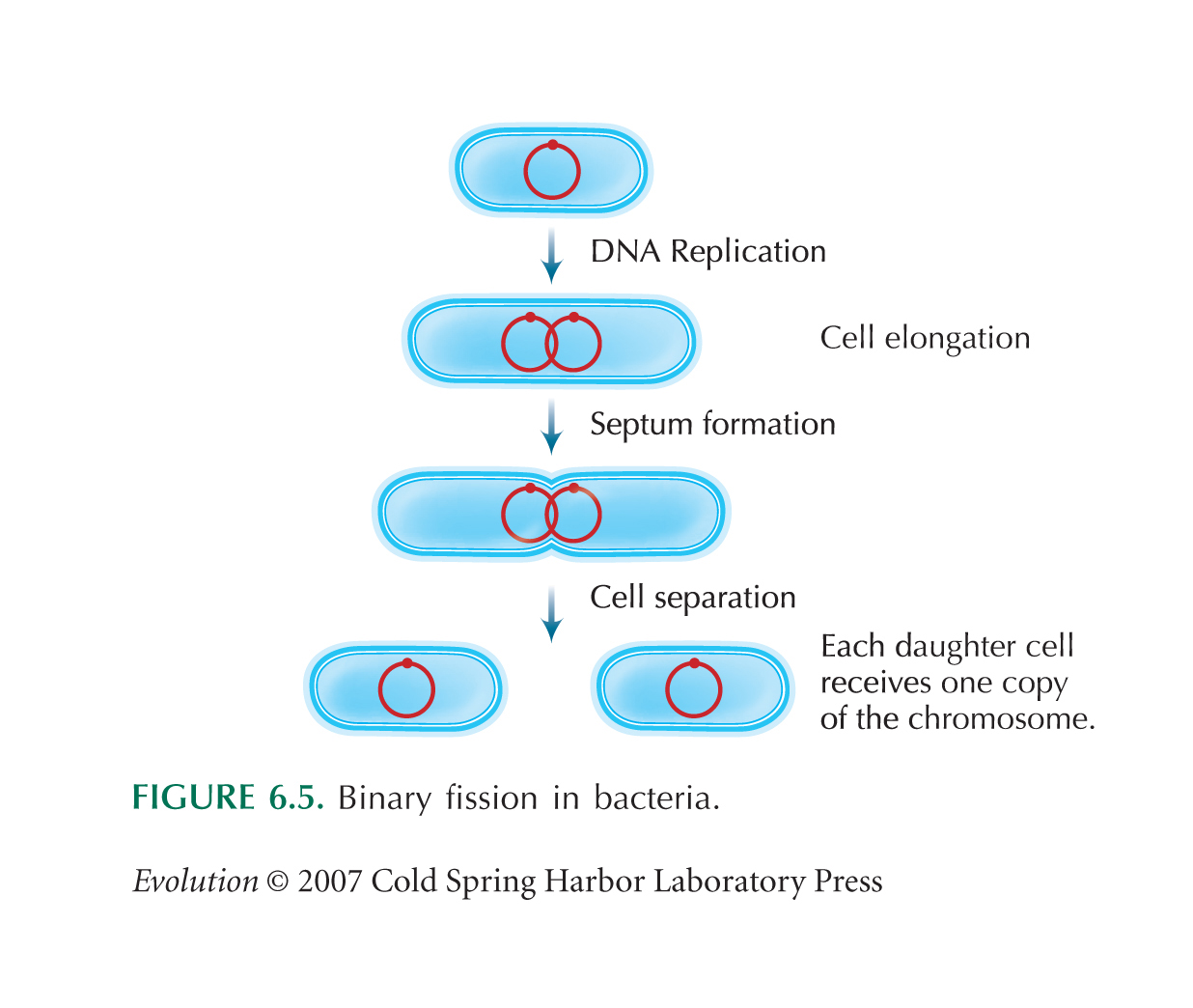

BINARY FISSION DEFINITION BIOLOGY EXAMPLES SERIES
Both processes are characterized by a series of stages that involve DNA division and then the splitting of cells into two daughter cells. Additionally, both happen for different reasons within cells.While binary fission is a method for propagation utilized by bacteria and archaea, mitosis is a process that occurs in the eukaryotic cell. While the concept of binary fission has a lot in common with mitosis, there are a couple of major differences between them.
BINARY FISSION DEFINITION BIOLOGY EXAMPLES FULL
In order to be functional and compete, the bacterium has to split at the right time and in the proper spot, and supply each offspring with a full duplicate of its vital genetic material.

Certain cell organelles, such as mitochondria are also subject to cell division through the process of binary fission.Binary fission is a method of reproduction found in many prokaryotes like archaea the cyanobacteria family, eubacteria, as well as certain eukaryotes such as amoeba and paramecium.Since binary fission is one of the types of asexual reproduction daughter cells that are created have similar genetic content to the parent cell.This kind of reproduction is known as asexual since the process does not involve the creation or fusion of gametes.Binary fission is distinct from other forms of fission by the fact that only two components are created from one entity.Definition of binary fission (What is binary fission?)īinary fission can be described as a kind of sexual reproduction in which one living cell, or organelle expands twice its size, and then splits into two identical cells, which means that each of the daughter cells can be expected to grow to what size as the organelle or cell.


 0 kommentar(er)
0 kommentar(er)
